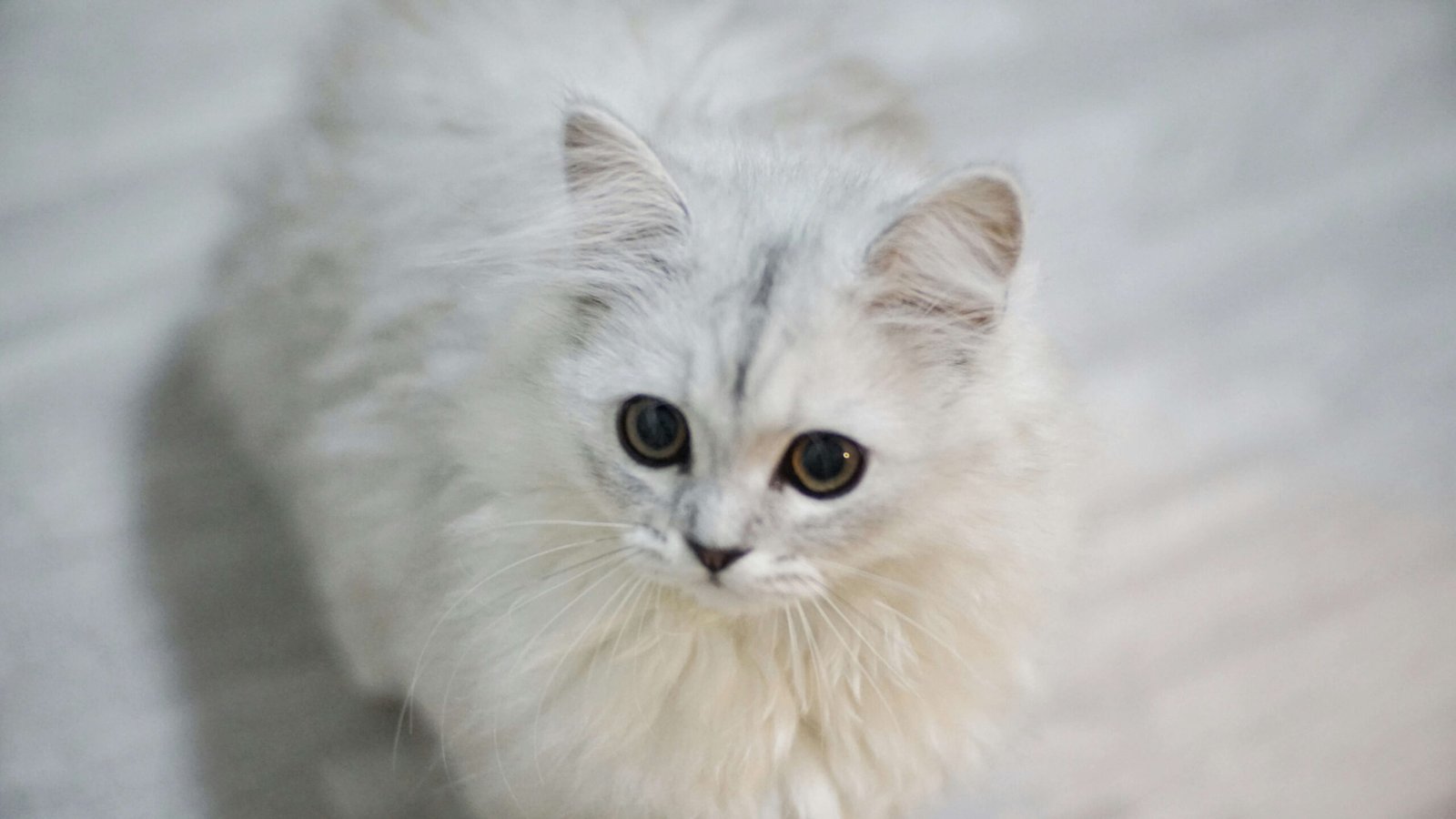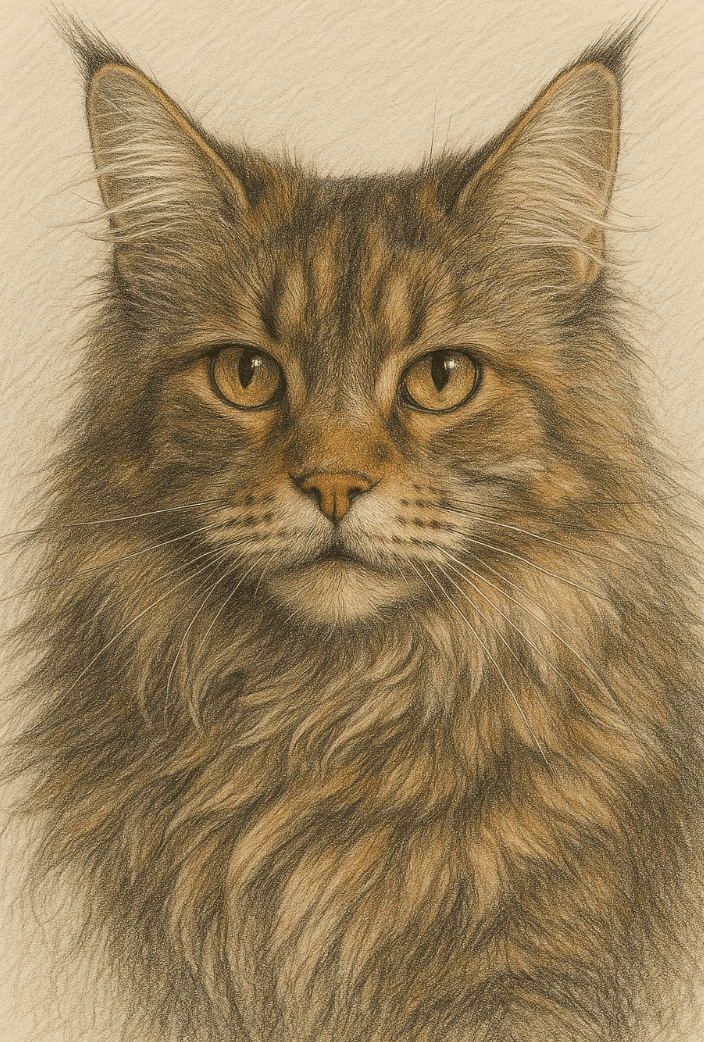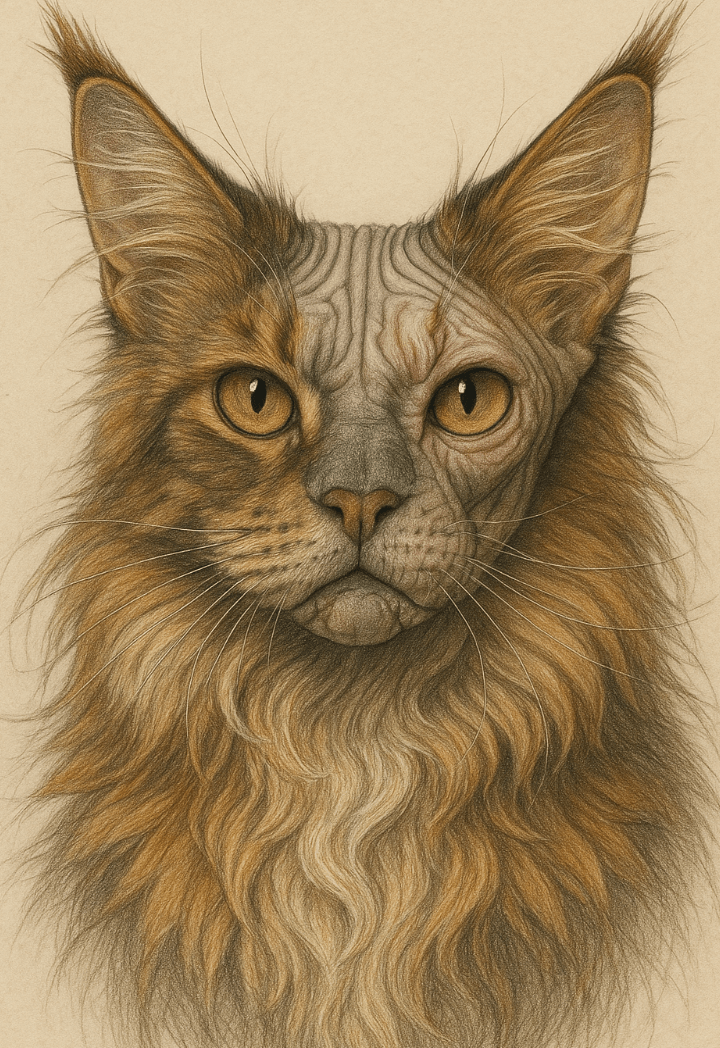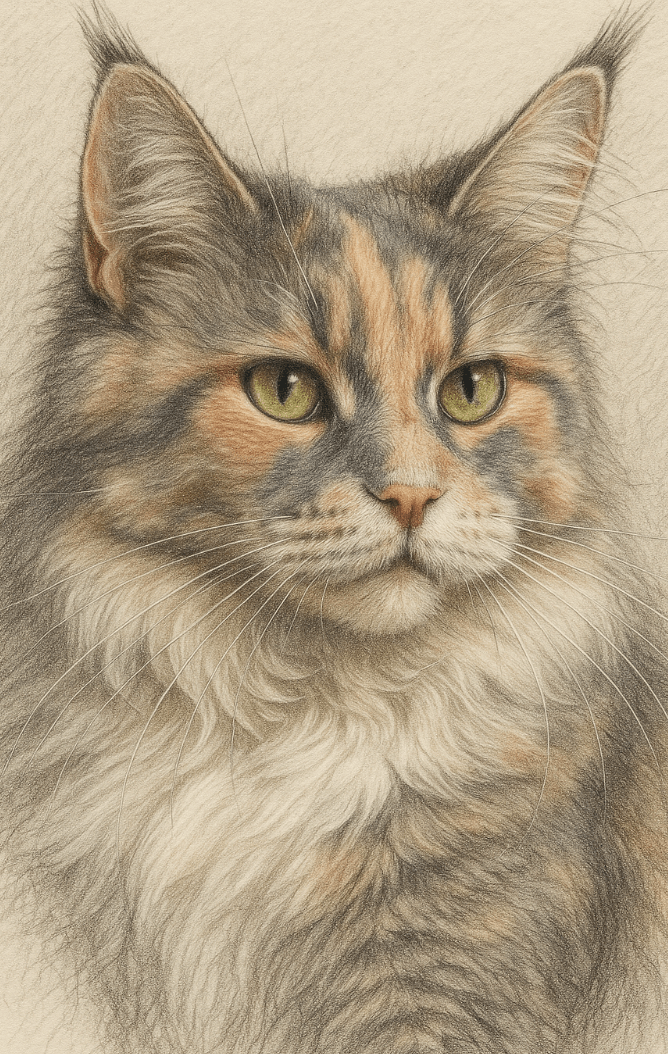How to Give Catnip to a Cat: A Guide to Fun and Safety
Catnip is one of the most beloved treats for feline friends, known for its ability to bring out playful, energetic, or even calm behaviors in cats. But how do you give catnip to your cat in a way that’s safe, enjoyable, and effective? Whether you’re new to catnip or looking to refine your approach, understanding its effects and proper usage is key. In this blog post, we’ll explore everything you need to know about giving catnip to your cat—from the best methods to potential precautions—so you can ensure your furry companion has a blast while staying healthy.
What Is Catnip and How Does It Work?
Before diving into how to give catnip to your cat, it’s important to understand what catnip is and why it affects cats the way it does. Here’s a quick breakdown:
Active Ingredient : The compound nepetalactone, found in catnip, triggers a euphoric response in many cats.
Behavioral Effects : Cats may roll, rub, purr, or become hyperactive when exposed to catnip.
Genetic Factor : Not all cats respond to catnip—about 50-70% of cats inherit sensitivity to it.
Duration of Effects : The “high” typically lasts around 10-15 minutes before wearing off.
Safety Profile : When used appropriately, catnip is non-toxic and generally safe for cats.
Understanding these basics will help you use catnip responsibly and maximize its benefits for your cat’s enjoyment.
Different Ways to Give Catnip to Your Cat
There are several creative and practical ways to introduce catnip to your cat. Depending on your preferences and your cat’s personality, you can choose the method that works best for both of you:
Sprinkle Loose Catnip : Lightly scatter dried catnip on the floor, a scratching post, or their favorite toy.
Use Catnip Toys : Invest in catnip-infused toys like mice, balls, or plushies designed to engage your cat.
Grow Fresh Catnip : Offer fresh catnip leaves directly from a potted plant for a natural experience.
Create a Catnip Spray : Use diluted catnip essential oil as a spray to refresh old toys or bedding.
Make DIY Treats : Incorporate dried catnip into homemade cat treats for a tasty surprise.
Each method provides a unique way to excite and entertain your cat, ensuring they get the most out of their catnip experience.
Check this guide 👉How to Help a Grieving Cat: Best 7 Expert Tips!
Check this guide 👉How to Apologize to a Cat: Best 7 Expert Tips!
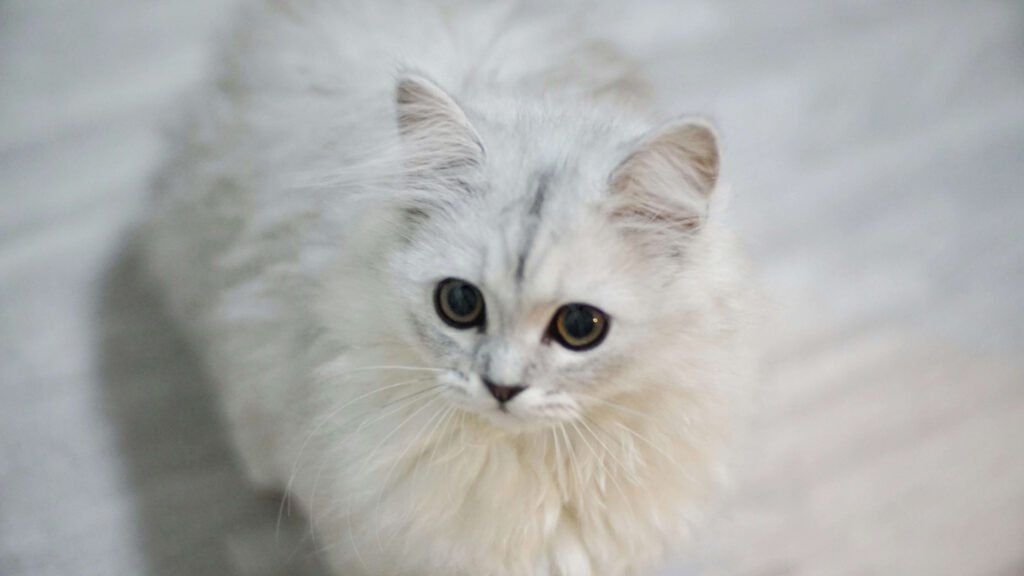
Method of Giving Catnip | Best For |
|---|---|
Loose Dried Catnip | Quick play sessions or encouraging activity |
Catnip Toys | Long-term entertainment and engagement |
Fresh Catnip Leaves | Cats who prefer natural scents and textures |
Catnip Spray | Refreshing old items or adding variety |
DIY Catnip Treats | Combining food motivation with fun |
Tips for Using Catnip Safely
While catnip is generally safe, it’s important to use it responsibly to avoid overstimulation or other issues. Here are some tips to keep in mind:
Limit Frequency : Use catnip no more than once or twice a week to prevent desensitization.
Monitor Reactions : Watch your cat closely during and after exposure to ensure they don’t exhibit stress or aggression.
Avoid Overdosing : Too much catnip can lead to vomiting or diarrhea, so stick to small amounts.
Introduce Gradually : Start with tiny doses to see how your cat reacts before increasing the amount.
Store Properly : Keep dried catnip in an airtight container to preserve freshness and potency.
By following these guidelines, you can ensure your cat enjoys catnip without any negative side effects.
Signs Your Cat Enjoys Catnip
Not all cats react to catnip in the same way, but there are common signs that indicate your cat is having a positive experience. Look for these behaviors:
Rolling and Rubbing : Cats often roll on the ground or rub against objects when exposed to catnip.
Increased Playfulness : Many cats become more energetic, chasing toys or leaping around the room.
Purring and Relaxation : Some cats may respond by becoming calm and purring contentedly.
Sniffing and Licking : A strong interest in sniffing or licking catnip indicates curiosity and enjoyment.
Marking Behavior : Rubbing their cheeks or chin on catnip-covered surfaces shows they’re marking it as “theirs.”
These signs confirm that your cat is benefiting from the experience and enjoying the effects of catnip.
Exploring Alternatives to Catnip
While catnip is a popular choice for stimulating your cat, not all cats respond to it. Fortunately, there are several alternatives that can provide similar benefits. Here are some options to consider:
Silver Vine : Known for its potent effects, silver vine is a great alternative for cats who don’t react to catnip.
Valerian Root : This herb has a strong smell and can induce playful or calming behaviors in cats.
Tatarian Honeysuckle : Often used in wood form, it can excite cats and encourage play.
Cat Thyme : A milder option, cat thyme may appeal to cats who are less sensitive to other herbs.
Interactive Toys : If herbs don’t work, engaging toys with feathers or bells can provide mental and physical stimulation.
By exploring these alternatives, you can find the perfect way to entertain and engage your cat, even if they’re not a fan of catnip.
Creative Ways to Incorporate Catnip into Playtime
Incorporating catnip into playtime can make activities more exciting and rewarding for your cat. Here are some creative ideas to try:
DIY Catnip Pouches : Sew small fabric pouches filled with dried catnip to create custom toys.
Catnip Treasure Hunts : Hide small amounts of catnip around the house for your cat to discover.
Catnip Obstacle Courses : Set up tunnels, boxes, or ramps sprinkled with catnip to encourage exploration.
Catnip Bubbles : Use catnip-infused bubble solution to create floating fun for your feline friend.
Catnip Massage Mats : Place a mat sprinkled with catnip on the floor for rolling and rubbing sessions.
These creative approaches not only enhance playtime but also strengthen your bond with your cat through shared experiences.
Addressing Common Concerns About Catnip
While catnip is generally safe, pet owners often have questions about its effects and usage. Here’s how to address common concerns:
Overuse Risks : Limiting exposure to catnip prevents desensitization and ensures continued enjoyment.
Behavioral Changes : Some cats may become aggressive—supervise interactions if multiple pets are involved.
Health Conditions : Avoid giving catnip to cats with certain medical conditions, such as seizures or anxiety disorders.
Storage Safety : Keep catnip out of reach to avoid accidental overconsumption by curious cats.
Allergic Reactions : Watch for signs of irritation, such as sneezing or itching, though true allergies are rare.
By addressing these concerns proactively, you can use catnip confidently and responsibly, ensuring a positive experience for both you and your cat.
Frequently Asked Questions About Giving Catnip to Cats
Can kittens have catnip?
Kittens under six months old usually don’t respond to catnip, so it’s best to wait until they’re older.
Is catnip addictive?
No, catnip is not addictive, but overuse can reduce its effectiveness over time.
Why doesn’t my cat react to catnip?
Some cats lack the genetic trait needed to respond to catnip—it’s completely normal.
Can I grow my own catnip?
Yes, growing your own catnip is easy and ensures a fresh supply for your cat.
What should I do if my cat eats too much catnip?
If your cat vomits or acts unwell, remove the catnip and consult a vet if symptoms persist.
Bringing Joy Through Catnip: A Treat Worth Sharing
Giving catnip to your cat is a simple yet rewarding way to enhance their playtime, relaxation, and overall happiness. By understanding how to introduce it safely and creatively, you can ensure your cat enjoys the full benefits of this natural treat. Whether you sprinkle loose catnip, offer fresh leaves, or invest in catnip toys, the joy on your cat’s face will make the effort worthwhile. Remember to observe their reactions, respect their limits, and always prioritize their well-being. With responsible use, catnip can be a delightful addition to your cat’s life, strengthening the bond you share and bringing endless moments of fun and laughter.
Do Maine Coon Cats Shed? Best 7 Expert Tips! Discover expert advice on managing shedding, grooming routines, and keeping your Maine Coon's coat healthy and your home fur-free.
Maine Coon Sphynx Cat: Best 7 Expert Tips! Discover expert advice on care, grooming, and living with this unique hybrid for a happy and healthy feline companion.
Maine Coon Ragdoll Cat Mix: Best 7 Expert Tips! Discover expert advice on care, grooming, and living with this affectionate hybrid for a happy and healthy feline companion.
Diluted Calico Maine Coon: Best 7 Expert Tips! Discover expert advice on care, temperament, and living with this unique feline for a happy and healthy companion.

